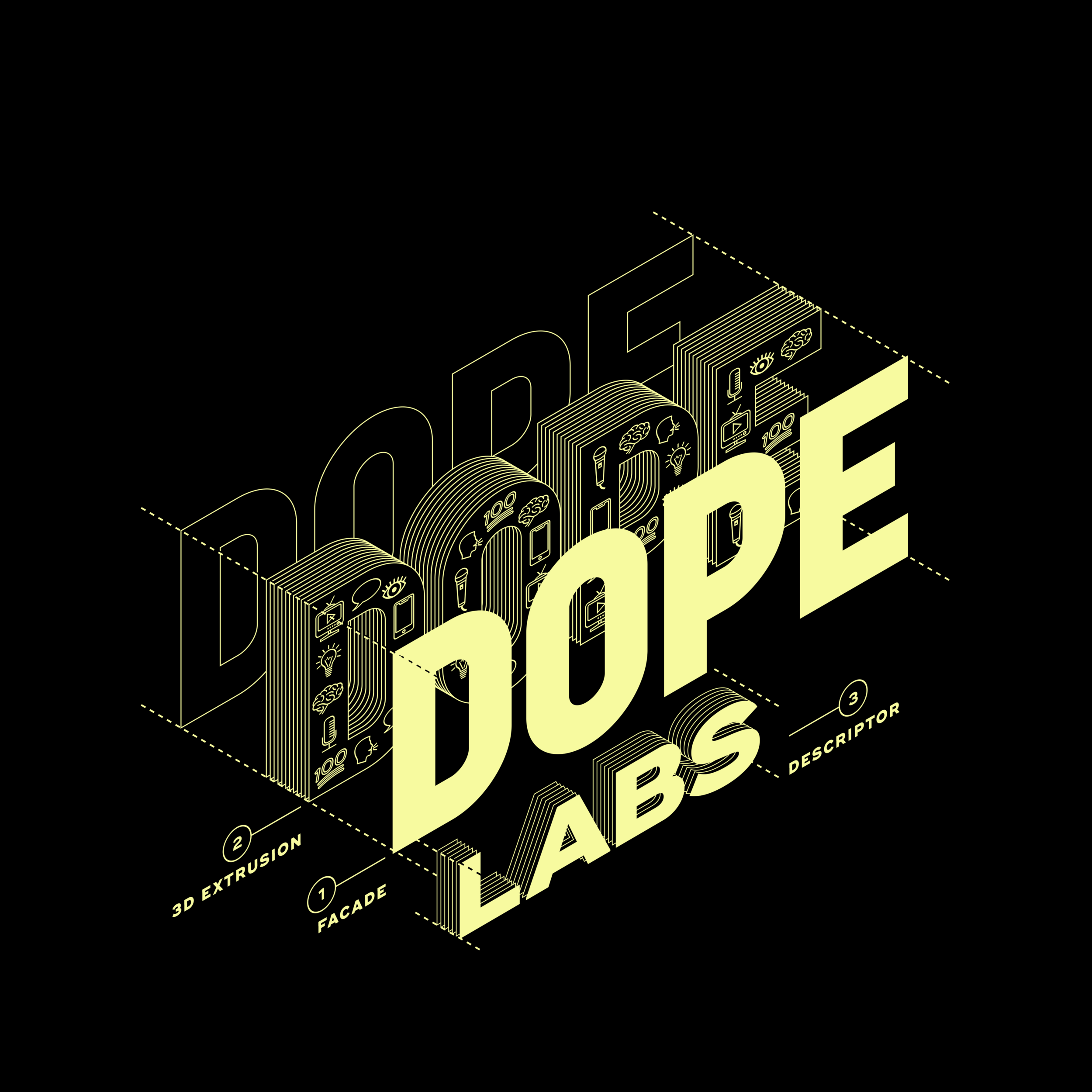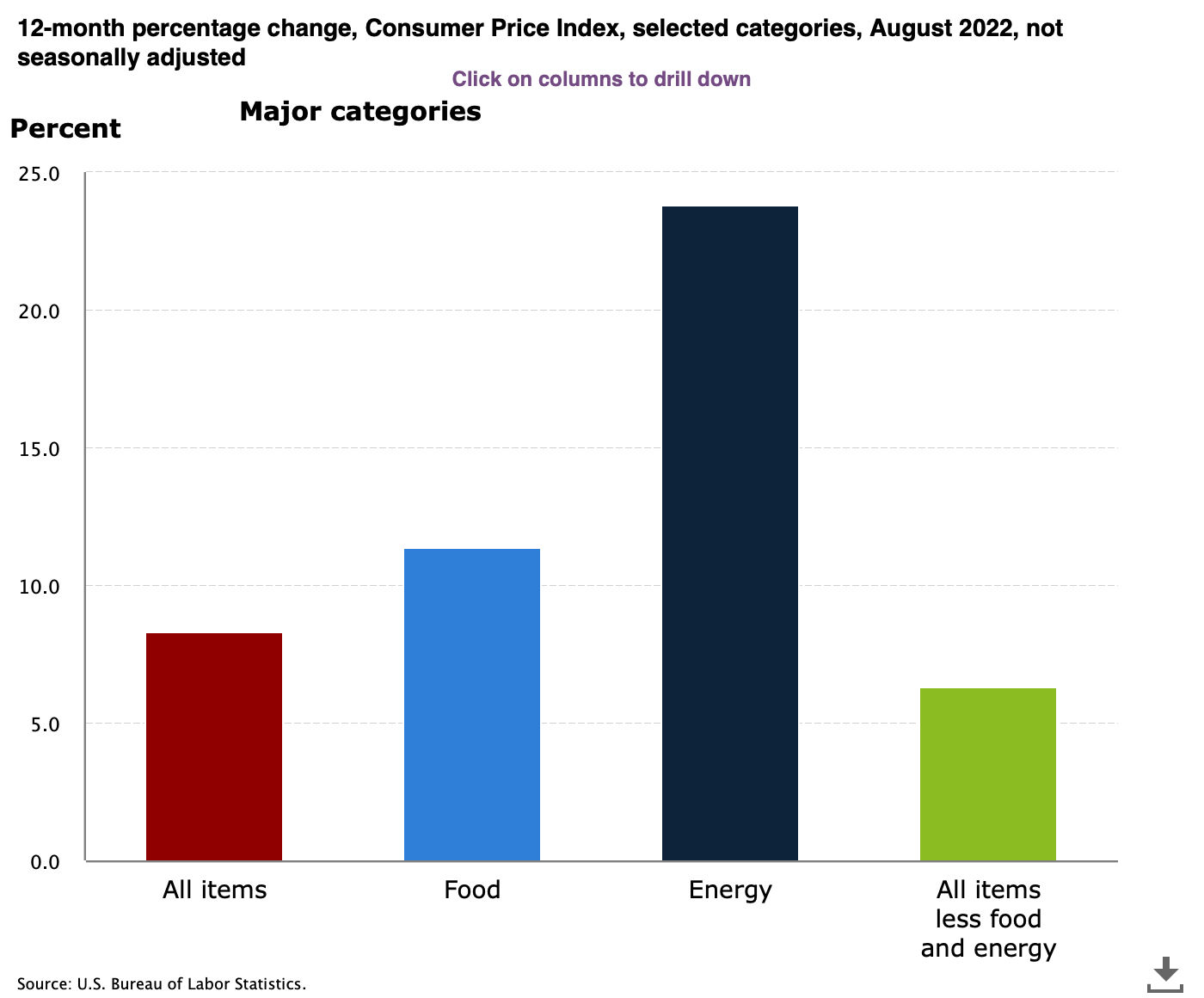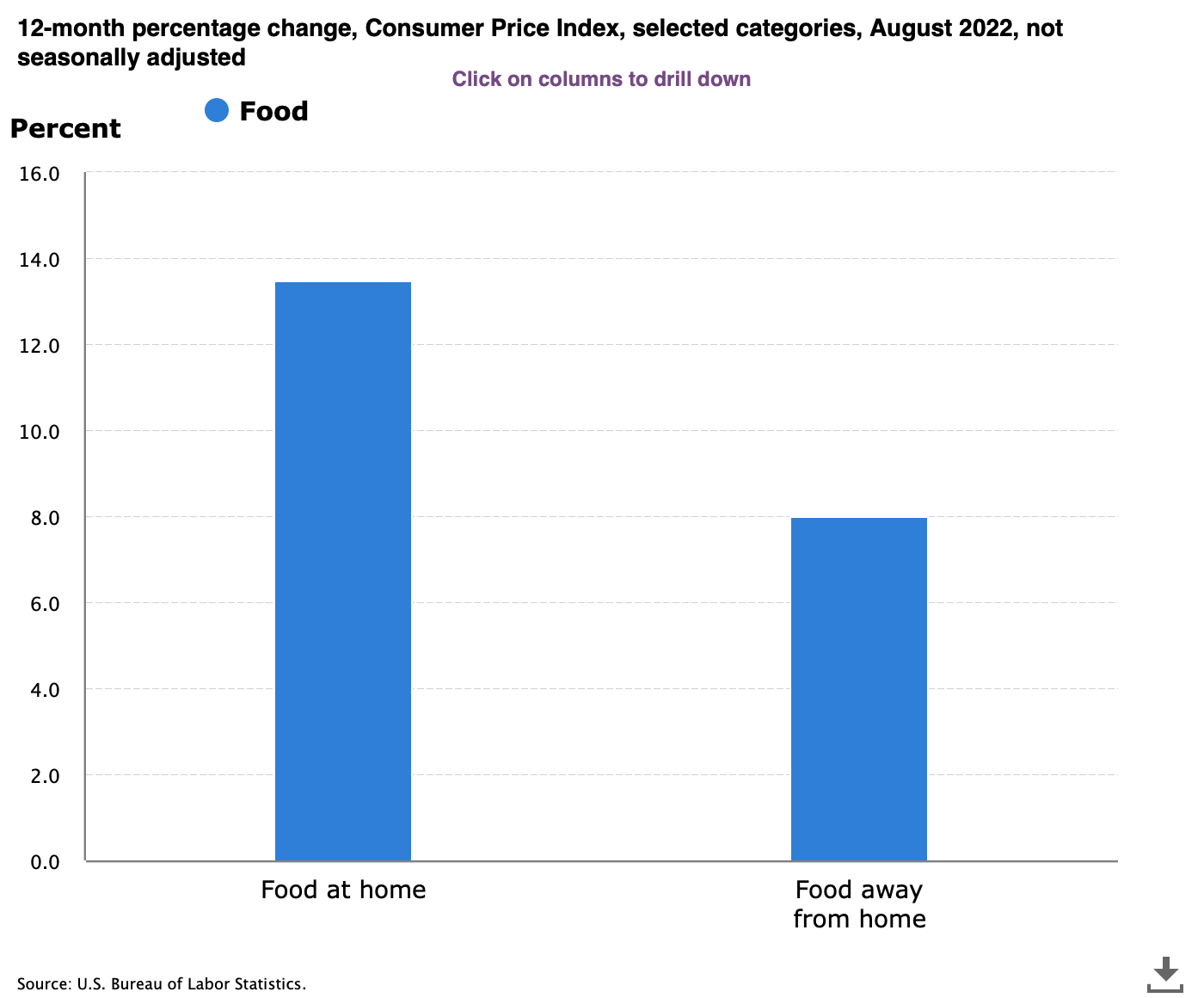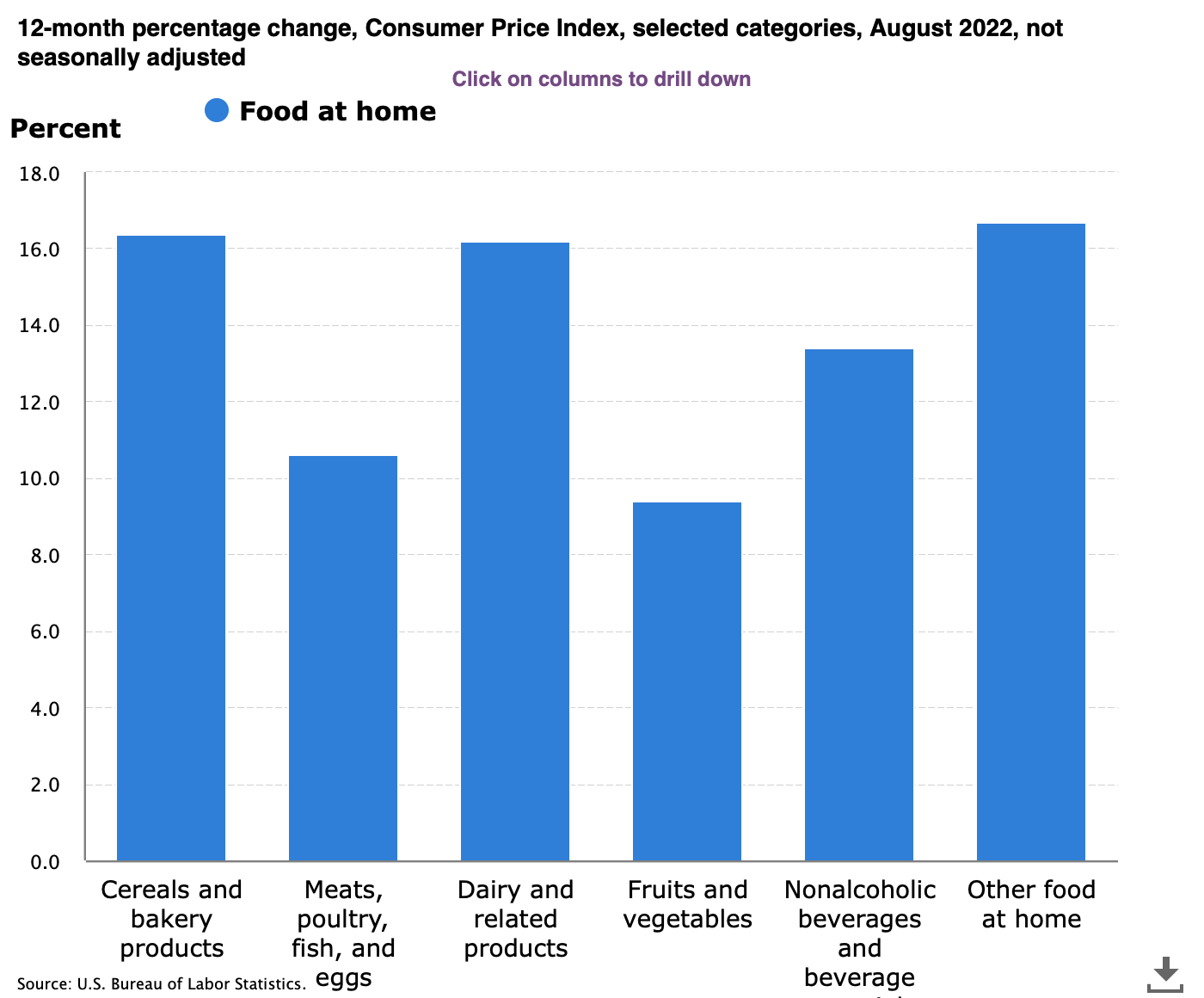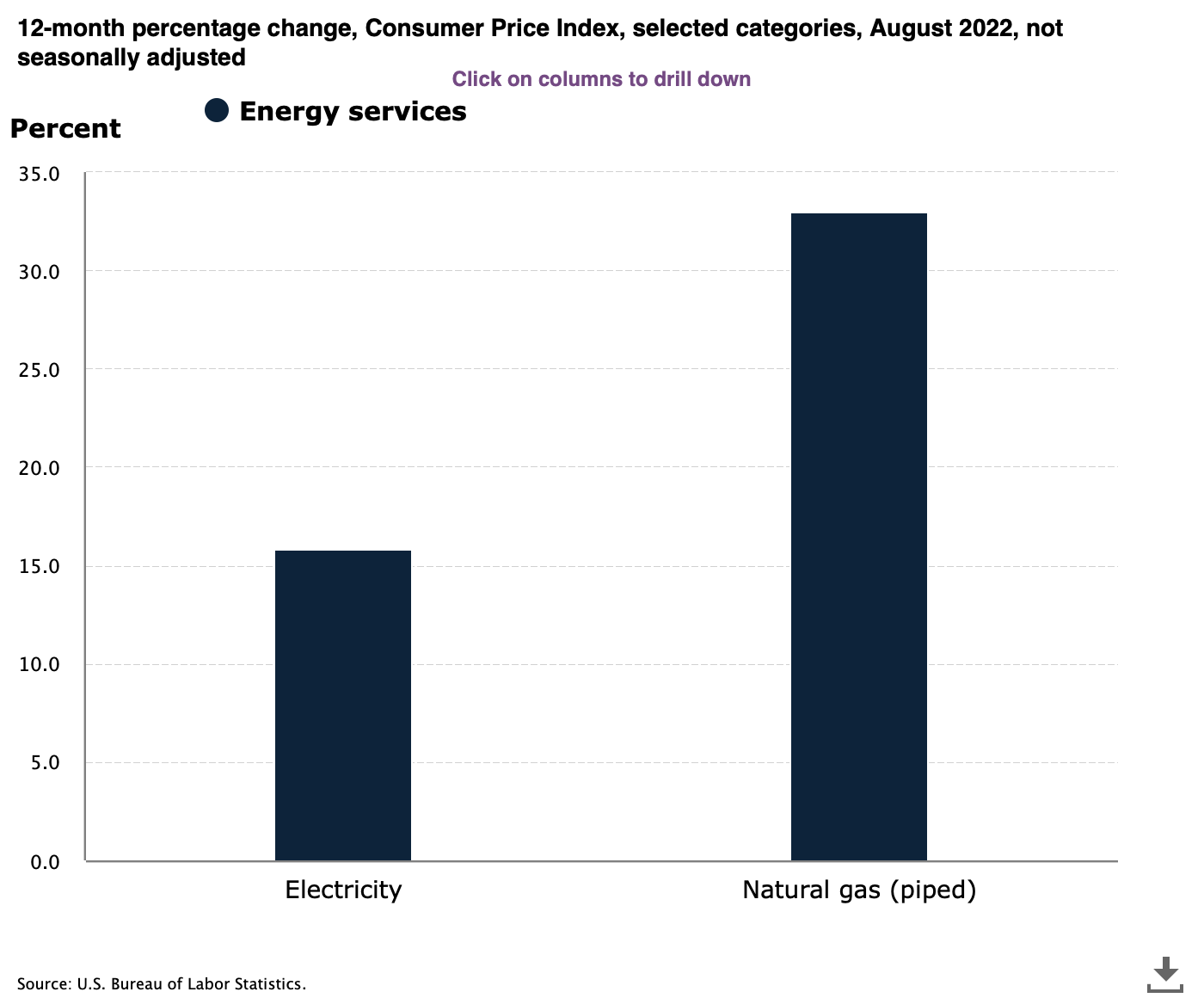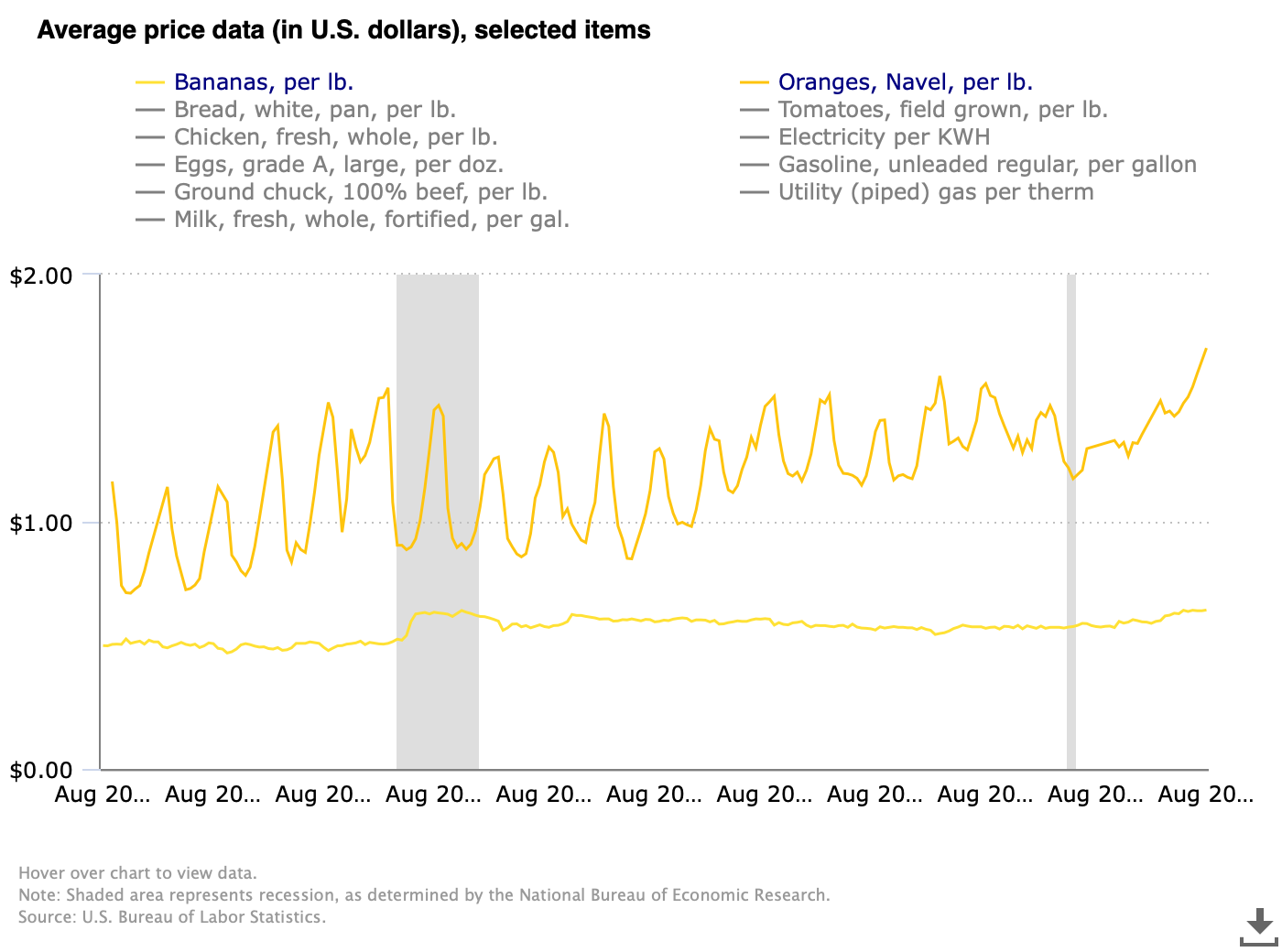The Current US Economy: Recession, Inflation, and Interest Rates - Lab 079
About the Episode
Listen to Lab 079 | Read the transcript
If your timeline and news feed looks like ours, you’re seeing a lot of chatter about the economy! Is there an impending recession? Why are the prices of groceries and rent continuously rising? And what does it mean when The Fed increases interest rates? We know we’re not the only ones with these questions because even Cardi B has been talking about it!!
Cardi Instagram speaking about worldwide inflation and its a effects on working class people pic.twitter.com/88Armyd0t0
— GENFKU Kawaii Chitsu (@GEN27FKU) September 10, 2022
The ECONOMY
Current state of the US economy:
According to Dr. Perry, the U.S. economy is doing extremely well and has since the beginning of the pandemic
“In fact, it was moving so quickly that the government started to get concerned that it was actually growing too fast, it was getting too hot. And that often leads to inflation.” [00:08:52]
Recession
According to Investopedia, a recession is when an economy experiences a significant downturn in activity.
Even though a recession may be for a short period, the time it takes for the economy to recover could be much longer! For example, the Great Recession (2007-2009) ended the summer of 2009. The US economy experienced its longest period of economic recovery & expansion after that until the COVID-19 recession of early 2020.
IS A RECESSION COMING?
Predicting when is very nuanced and complex, but recession is a normal part of the cycle of our economy.
Dr. Vanessa Perry: “We can keep it at bay temporarily, but recession is part of an economic cycle that always has booms and busts.” [00:14:42]
Additional Reading
In the past few days, predictions that the global economy could avoid recession
Inflation
What is inflation?
“Inflation is the rate of increase in prices over a given period of time” [00:09:03]
Caused by:
The pandemic and its effects on supply chains
Wars affecting the supplies of food and energy
Incomes increases lagging behind inflation
“Those have combined to create these inflationary pressures where companies can't provide goods and services at the same price. So they raise the prices.” [00:10:54]
Measuring Inflation
One measure of inflation in the United States is by the Consumer Price Index which tracks the overall change in consumer prices based on representative set of goods and services. According to the latest report, “over the last 12 months, the all items index [food + energy commodities & services] increased 8.3% before seasonal adjustment.” The biggest contributors to the increase were shelter, food, and medical care. Looks like Cardi B was right!
Click the graphs below for additional insights.
Additional Reading
Read the September 2022 Consumer Price Index Summary from the US Bureau of Labor and Statistics
Healthcare providers are shouldering rising costs. That could change soon.
Interest Rates
Another aspect we wanted to understand about the economy was the Federal Reserve and the changing interest rates.
When The Fed’s interests rates go up, this affects the interest rates that banks offer customers
Credit card rates are higher - Right now the average credit card rate is up 1.5% higher than it was at the start of 2022
Savings account rates are higher - If you have cash on hand, you could make more money on it than before in a savings account
If you’re lucky enough not to have unexpected expenses, your money in a high-yield account earns more than it would in a regular account. Say you keep $5,000 in a savings account that earns 2% APY and don’t touch it for a year. Your balance would grow by about $100. In an account that earns a close-to-average rate of 0.10% APY, you’d only make about five bucks after a year. - “Ask a Nerd: Is a High-Yield Savings Account Really High-Yield?” by Margarette Burnette
Additional Reading
How to take advantage of rising interest rates by Jeanne Sahadi, CNN
More about High-yield savings accounts
The Fix
What can we do about it?
The federal government can make some interventions, like we’ve seen in response to COVID with the moratorium on evictions, CARES Act payment, Paycheck Protection Program (also known as PPP loans) and more.
The Inflation Reduction Act – positive outcomes around Medicare and sustainability/energy incentives, but also are we giving enough help to communities who are already disadvantaged before a recession?
Dr. Vanessa Perry: [00:27:16] All these things happen. And interestingly, these unforeseen negative events are more likely to happen to people of color who are also suffering from cumulative disadvantage, from prior generations dealing with racism and discrimination. So there are far too few, in my opinion, interventions available for people who by no fault of their own because of where they were born or to whom they were born. They are more likely to suffer these unforeseen circumstances and we don't have a lot of protections for them.
Dr. Vanessa Perry: [00:27:53] So we have mortgage insurance, for example, or homeowner's insurance that protect banks. They protect the lenders, but we don't really have any requirements to protect the borrowers. If something happens and they can't make a payment, they got to pay extra for that. But they make sure that those lenders and investors are protected. And that says to me something very sad about the priorities that get set and acted upon.
Guest Expert
Dr. Vanessa Perry, Professor of Marketing, Strategic Management and Public Policy & Associate Dean for Faculty & Research at the George Washington University School of Business and Nonresident Fellow at the Urban Institute’s Housing Finance Policy Center
One Thing
Titi’s one thing - Black Woman on a Mission
Zakiya’s one thing - Digit Savings App
